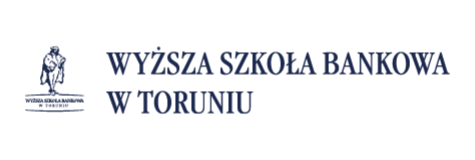Kujawsko-Pomorska Digital Library contains 263 137 digital objects
Frequently Asked Questions
Question: What does a digital library mean?
Answer: A digital library is a library in which collections are stored in digital formats (as opposed to print, microform, or other media) and are computer accessible. The digital content may be stored locally, or accessed remotely via computer networks. A digital library is a type of information retrieval system. (Wikipedia).
Question:Is KPBC seen by search engines?
Answer: Yes, we use the Open Archives Initiative Protocol for Metadata Harvesting (OAI-PMH) to share our metadata with other digital libraries, and search engines like Google, Google Scholar, Yahoo! Oaister, or others.
Question: What exactly is dLibra software?
Answer: dLibra it is a Polish digital library platform that shall select, organize and maintain a quality collection of the library. The dLibra system stores digital objects in any format (e.g. multifile HTML pages, PDF documents, audio and video recordings, etc.), can also cooperate with other IT systems using well known communication standards such as the OAI-PMH protocol or RSS feeds. To learn more about the platform, visit the Poznan Supercomputing and Networking Center (PSNC) pages.
Question: What should I understand by collection in KPBC?
Answer: A collection is either several materials grouped together or considered as a whole or a publication containing a variety of works, or the act of gathering something together. In the KPBC we have 3 main collections of different types of documents (books, journals, articles, photos, graphics, maps): cultural heritage (by types), educational materials (by subject), regional materials (by types).
Question: What does a digital exhibition mean?
Answer: It is a collection of things (books, graphics, postcards) for public display. dlibra allows us to make some digital exhibitions using part of the digital content. To see some examples, visit the main page of KPBC.


















